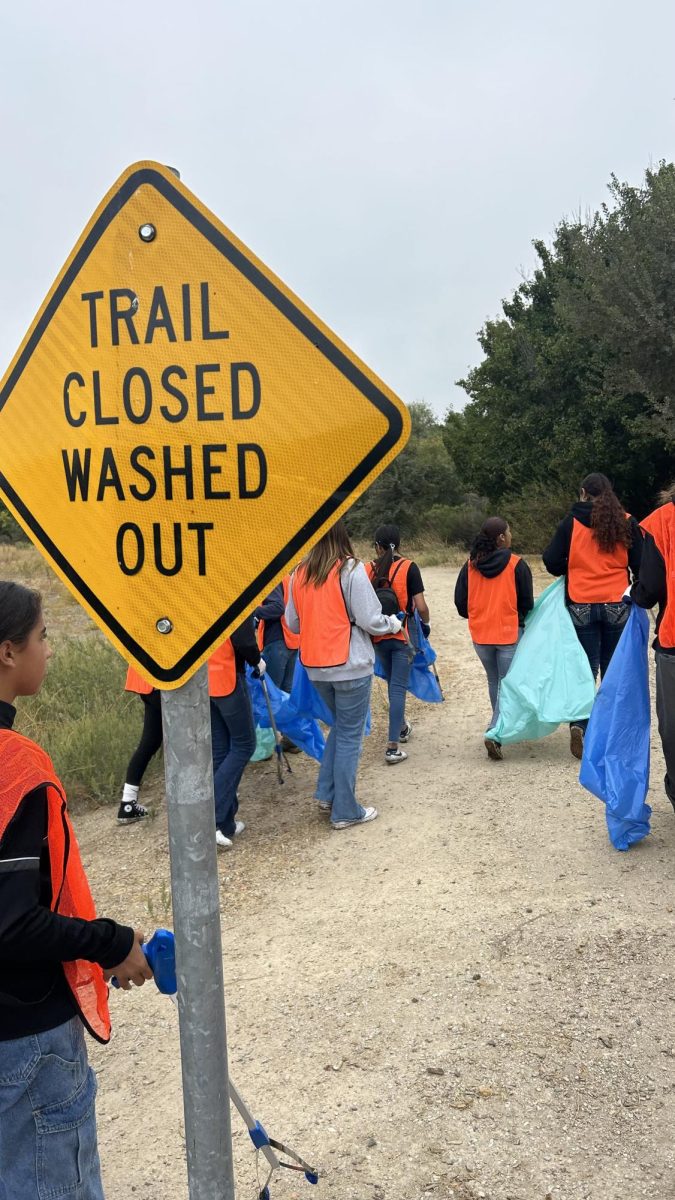It has been driven like a garbage truck into your mind over and over: recycle your plastics, recycle your plastics, recycle your plastics. And if you don’t, you are reprimanded. But what happens when you can’t recycle one of your plastic products because you didn’t know it was indeed plastic?
Fun fact: the microbeads found in face wash, toothpaste, bodywash, and other cosmetic care products are plastic. They are complicated plastics dubbed: polyethylene, polypropylene, polyethylene terephthalate, polymethyl methacrylate, or nylon, according to The Story of Stuff Project, a posse of over 100 groups helping to phase out the beads. The microbeads are cheaper by the dozen than organic exfoliants like walnut husks, oatmeal, and fruit seeds. Every single time you scrub away the dead skin flakes on your face, those little beads travel through the water system until they ultimately become fish flakes. So, instead of non-recycled plastic bottles rotting in near-lifeless

landfills, the beads that are found in personal hygiene products end up rotting in the ocean, along with all the fish it kills. I know you’ve seen the little exfoliating bubbles. They appear in every Clean and Clear™ commercial; sparkling and glinting with the water particles. However, these beads do not burst and make your skin fresh as a daisy on spring morning. They wash down, down, down the drain. Like a slippery fish.
[button color=”white” size=”normal” alignment=”none” rel=”follow” openin=”samewindow” url=”https://youtu.be/uAiIGd_JqZc”]Click here for video on the subject [/button]
Let’s be clear, plastics in such microscopic sizes such as these cannot harm wildlife. However, these pellets of terror absorb the toxins around them. 808 trillion beads are washed down the drain per-day and eight trillion are washed into the ocean. The remaining 800 are meshed together into sludge: a substance often used to fertilize crops. And if water run-off from the crops is washed to the ocean, then more micro-monsters are added to the rising capacity, all according to Environmental Science and Technology. These beads swim through water treatment plants– which are not made to filter out these bubonic beads—where all human excrements are filtered as well.

Evidently, there is plenty of toxins to soak up. Then fish in the ocean inhale this plastic gunk and it slowly poisons them to death. Evidently, fish breathe water. So, just as it is for us to inhale the smoke, fish are forced to breathe in our toxic plastic. Lovely.
Luckily for the fish, on Dec. 28, 2015 the Microbead-Free Waters Act (H.R. 1321) was passed by Barack Obama. This act, as the name clearly states, bans the production of microbeads beginning Jan. 1, 2017. And as of Jan. 1, 2018, any cosmetic containing any intentional beads is prohibited.
First presented by New Jersey Representative Frank Pallone in March of 2015, “the purpose of H.R. 1321 is to ban plastic microbeads from rinse off cosmetic products to prevent them from getting into waterways across the United States,” The Energy and Commerce Committee report stated.
The year of 2016 is considered a “phase out” of these toxic products. However, you can still buy products with microbeads at your local pharmacy, Target, Walmart, and so forth. In the meantime, be conscious of what you rub on your face because it might end up in your sushi.






